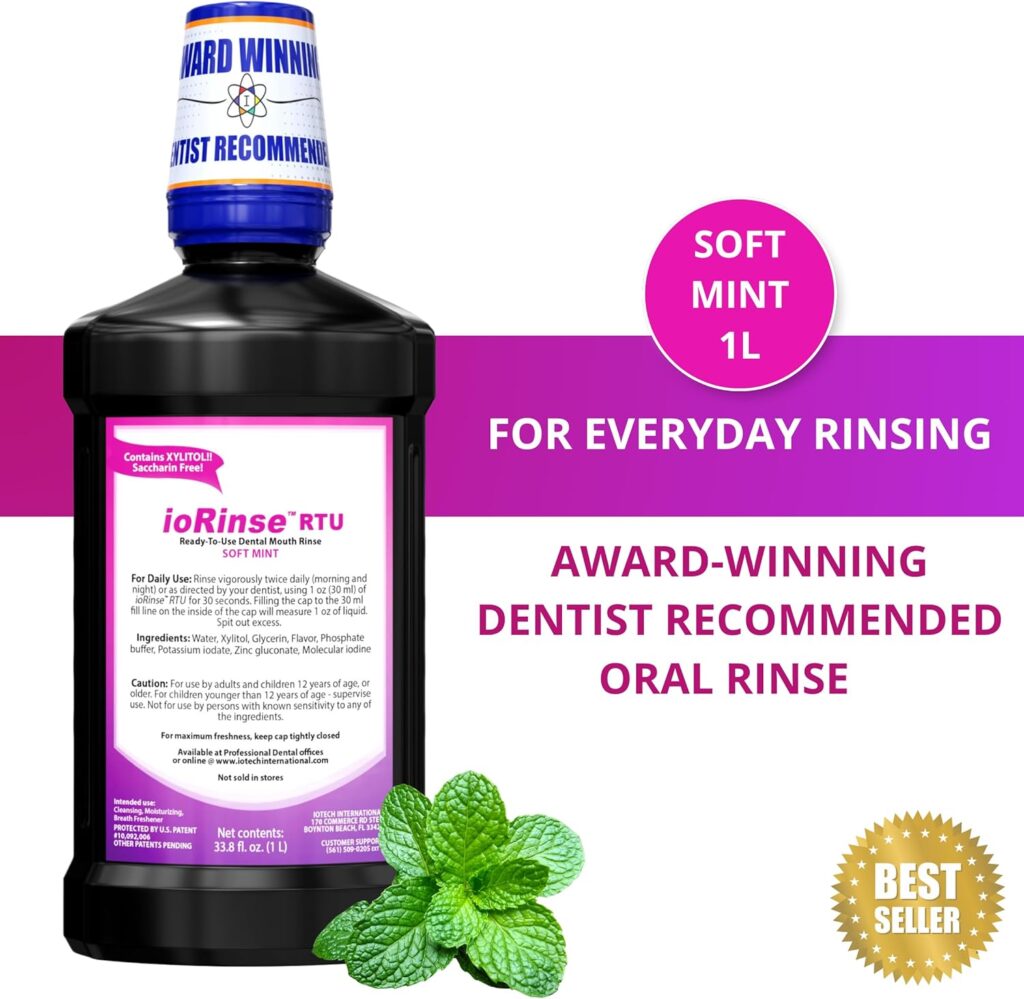Does your breath feel stale no matter how often you brush?
Do you find yourself avoiding close conversations out of concern for bad breath? Is there an unpleasant taste lingering in your mouth, or do others seem to step back when you’re speaking?
If you answered yes to any of these questions, you might be dealing with bad breath halitosis, also known as halitosis.
What is Bad Breath Halitosis?
Halitosis, commonly referred to as bad breath, occurs when there is an unpleasant odor coming from your mouth. While it’s normal for breath to smell less than fresh after eating certain foods, persistent bad breath can be a sign of underlying oral health issues or lifestyle habits.
The most common causes of halitosis include the buildup of bacteria in your mouth, poor oral hygiene, dry mouth, or even dehydration. Certain foods like garlic and onions, as well as habits like smoking, can worsen the problem.
Fortunately, bad breath is manageable with the right steps. By targeting the root causes and adopting simple habits, you can enjoy fresher breath and greater confidence.
3 Simple Steps to Get Rid of Bad Breath Halitosis
Taking control of bad breath doesn’t have to be complicated. These three steps focus on keeping your mouth clean, bacteria-free, and hydrated, making them an easy addition to your daily routine.
Step 1: Rinse with Iodine Mouthwash
Using an iodine-based mouthwash, such as ioTech’s ioRinse Mouthwash, is an excellent way to combat bad breath. Unlike alcohol-based mouthwashes, ioRinse is alcohol-free, making it gentle on your mouth and preventing the dryness that can worsen halitosis.
Iodine mouthwash works by targeting the bacteria that cause bad breath. These bacteria thrive in the hard-to-reach areas of your mouth, producing foul-smelling compounds that lead to halitosis. By rinsing with ioRinse, you can remove food particles, reduce bacteria, and create a cleaner, fresher environment in your mouth.
Step 2: Brush and Floss Regularly
Bad breath often starts with poor oral hygiene. When food particles and plaque are left on your teeth and gums, they provide a feast for bacteria, which in turn release unpleasant odors. Brushing and flossing regularly is essential for keeping your mouth clean and fresh.
Brushing your teeth at least twice a day and flossing once daily helps remove debris and bacteria from your teeth, gums, and tongue. For best results, consider brushing and flossing after every meal to ensure your mouth stays clean throughout the day.
Step 3: Stay Hydrated
Dehydration and dry mouth are major contributors to bad breath. Saliva plays a critical role in washing away food particles and bacteria, and when your mouth is dry, these culprits can linger and produce odors.
Drinking plenty of water throughout the day helps keep your mouth hydrated and encourages saliva production. This simple habit not only combats dry mouth but also helps rinse away debris and bacteria, leaving your breath fresher.
Bonus Tips for Managing Bad Breath
In addition to the three steps above, here are a few extra tips to help keep your breath fresh:
- Avoid Odor-Causing Foods: Foods like garlic, onions, and certain spices can leave lasting odors. Limit these foods if bad breath is a concern.
- Clean Your Tongue: Use a tongue scraper or your toothbrush to gently clean your tongue, where odor-causing bacteria often accumulate.
- Quit Smoking: Smoking contributes to bad breath and can dry out your mouth. Quitting can improve both your breath and your overall oral health.
- Chew Sugar-Free Gum: Chewing gum stimulates saliva production, helping to keep your mouth moist and your breath fresh.
Why These Steps Work Together
Rinsing with iodine mouthwash, brushing and flossing regularly, and staying hydrated address the primary causes of bad breath: bacteria, poor oral hygiene, and dry mouth. Together, these steps create a comprehensive approach to eliminating halitosis and maintaining fresh breath throughout the day.
Final Thoughts
Bad breath may be common, but it doesn’t have to be a constant worry. By following these three simple steps—rinsing with iodine mouthwash, brushing and flossing regularly, and staying hydrated—you can manage halitosis effectively and enjoy a fresher, more confident smile.
Consistency is key, so make these habits part of your daily routine for the best results. With Iodine Mouthwash and a commitment to proper oral care, you can say goodbye to bad breath and hello to a healthier, more pleasant mouth.
Affiliate Disclosure
Some of the links on this site are affiliate links. This means that if you click on the link and purchase the item, we may receive an affiliate commission at no extra cost to you. I only recommend products or services that I believe will add value to my readers, however some (not all) do pay us to be on this blog. Your support and theirs helps keep this blog running, and I genuinely appreciate it.
Medical Disclaimer
The information provided on this website is for educational purposes only and is not intended as medical advice. This blog or the writer is not a licensed healthcare professional, and the content should not be used as a substitute for professional medical diagnosis, treatment, or advice. Always consult with your physician or other qualified healthcare provider before starting any new treatment or making any changes to your healthcare routine.



